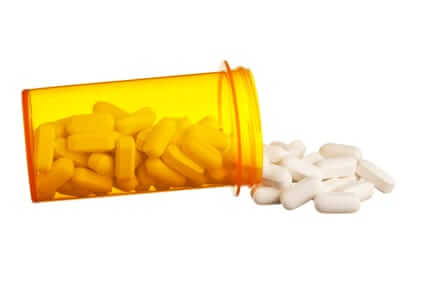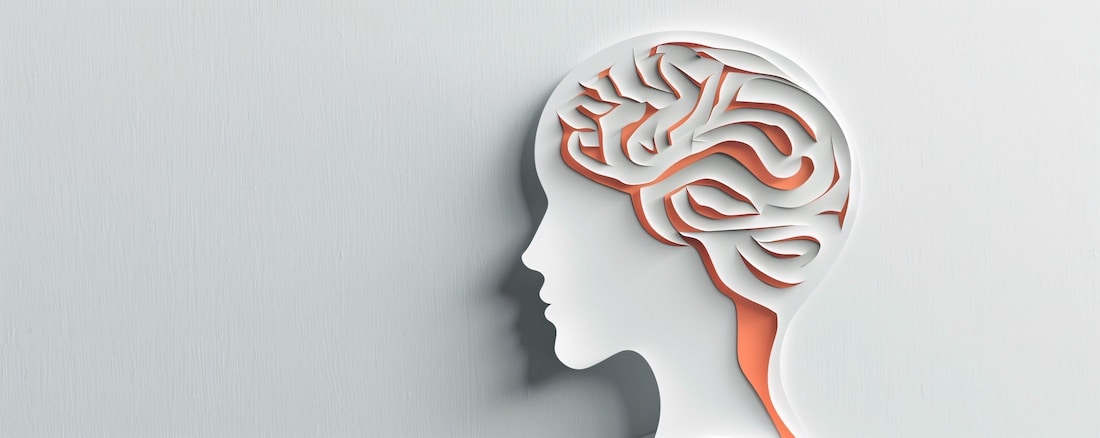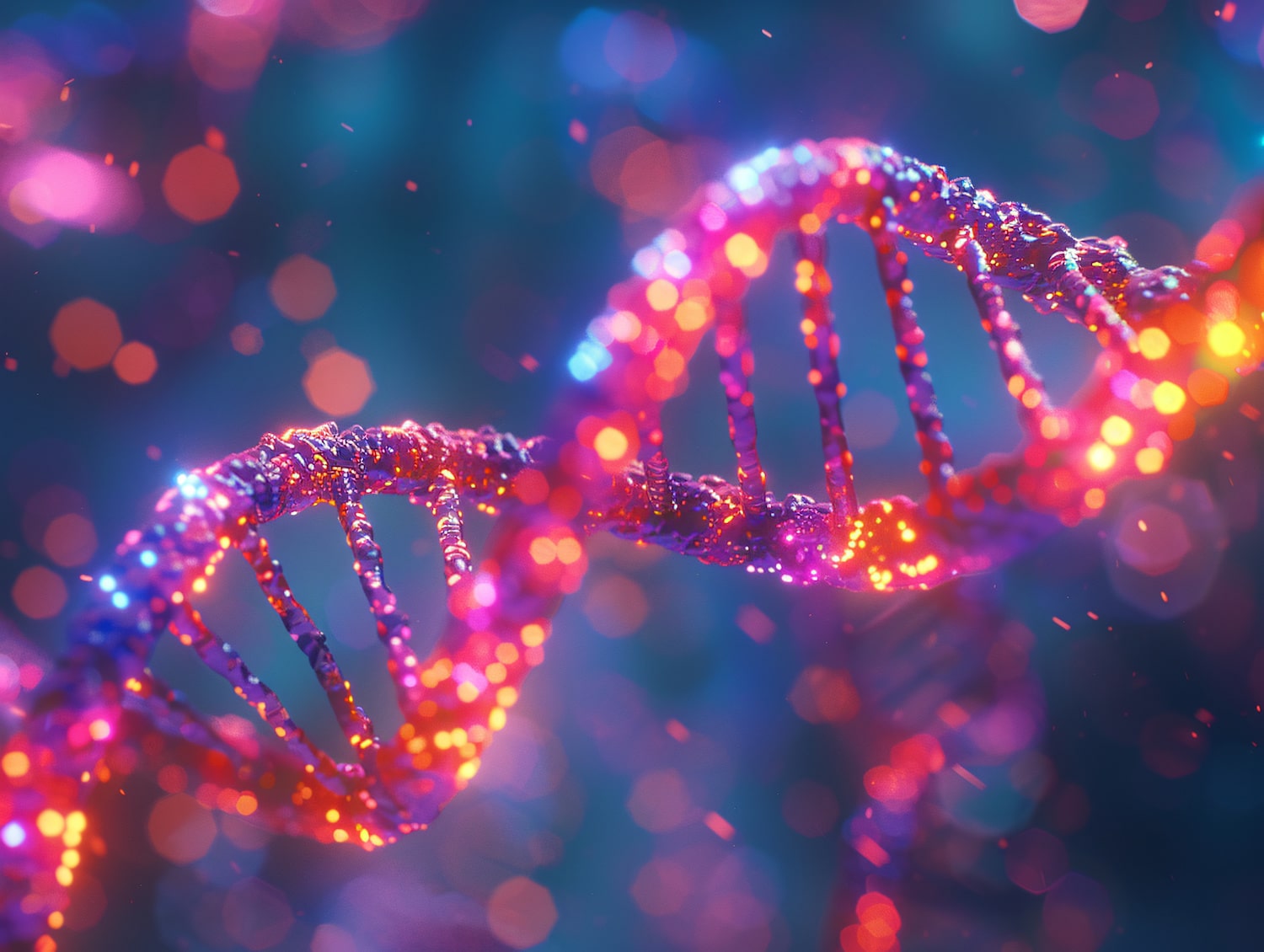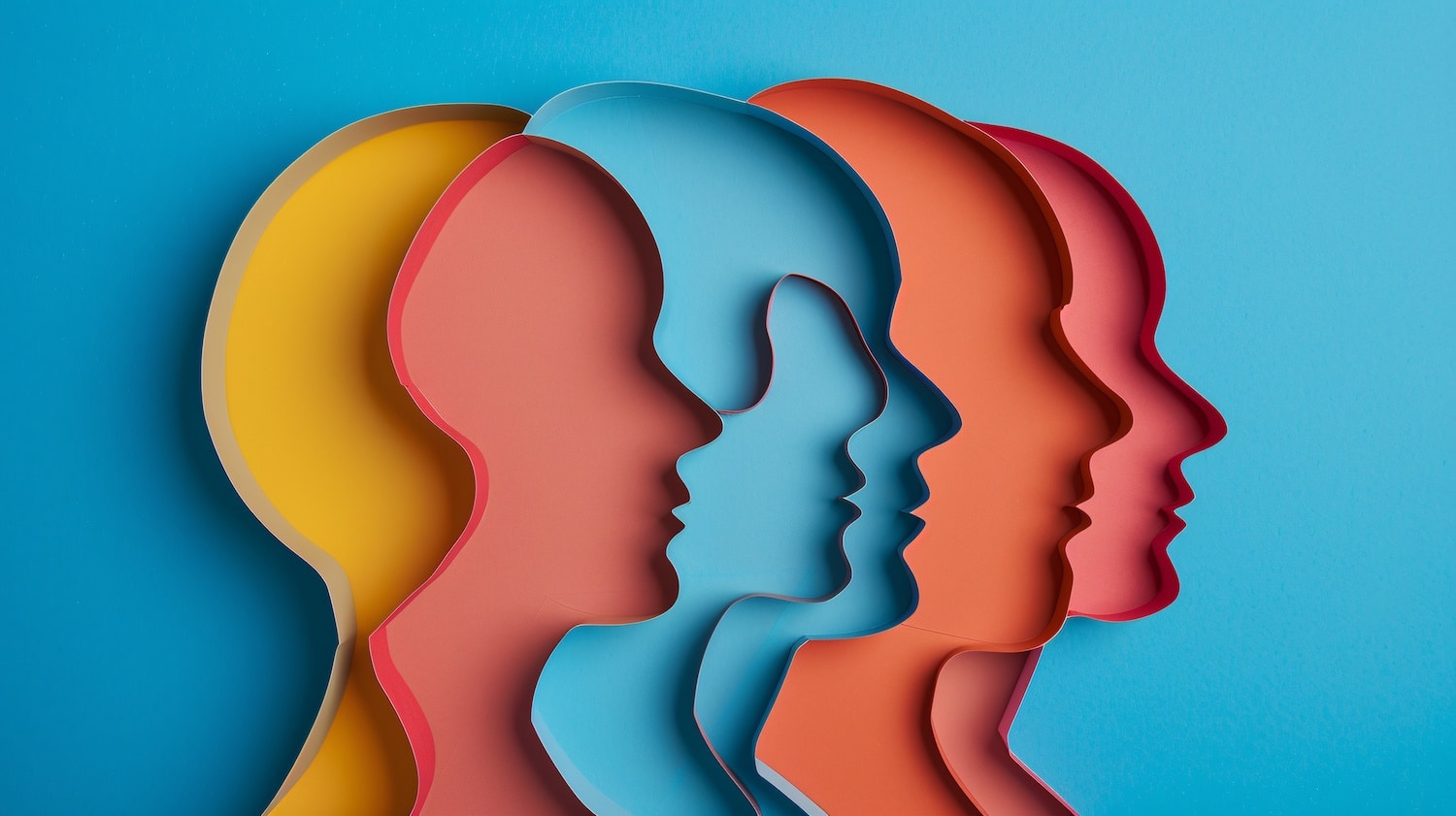
In 2011, statistics showed that 23,000 people ended up in the emergency room due to ADHD drug related situations. A dramatic increase since 2005 when only 5,600 cases like this were on record, this report illustrates just what a problem drugs like Ritalin and Adderall have become, especially in people between the ages of 18 – 34.
Also very concerning is the information about how these young people acquired the ADHD drugs.
“More than 50 percent got them from a friend or relative at no charge, while an additional 17 percent bought them from someone they knew.”
Not only are people getting the ADHD drugs from someone they know, but prescriptions for these dangerous pharmaceuticals are also on the rise.
Data from I.M.S. Health found that 48.4 million prescriptions for ADHD stimulants were written in 2011, a 39 percent jump from 2007. More importantly, close to 14,000 new monthly prescriptions were written for ADHD stimulants, up from 5.6 million in 2007.
Young people take these drugs thinking that they will help them achieve better grades or perform better at their jobs. Some people take them as party drugs. But what many people don’t understand is how dangerous ADHD drugs can be. They assume that since they are legal with a prescription they are less dangerous than street drugs, which, as shown in the SAMSA report, isn’t a safe assumption to make.
The report, which was published August 8th in The DAWN Report, a SAMSA publication, also warned that heart and blood vessel damage has been linked with “nonmedical” use of the stimulant drugs, based on a 2012 study reported in Brain and Behavior.
More intervention around prescription drugs is necessary. With more education and publicity, especially in school age kids, the rates of abuse of ADHD drugs decreases.
Explore this article:
Explore Our Facilities
Drug and alcohol detox and residential treatment for addiction and mental health disorders
Outpatient treatment center for substance use disorder and mental health disorders
Outpatient treatment center for substance use disorder and co-occurring mental health disorders







